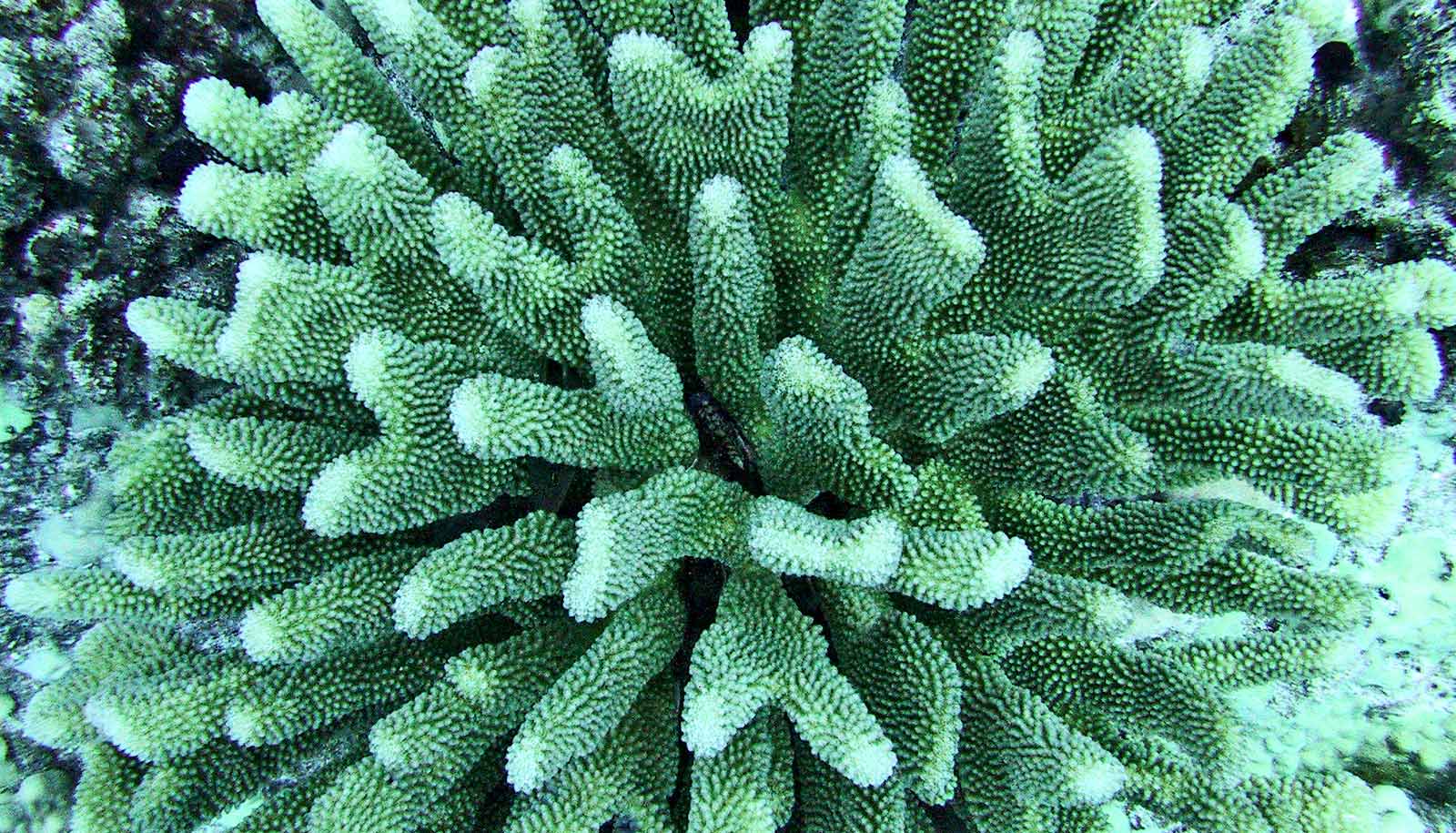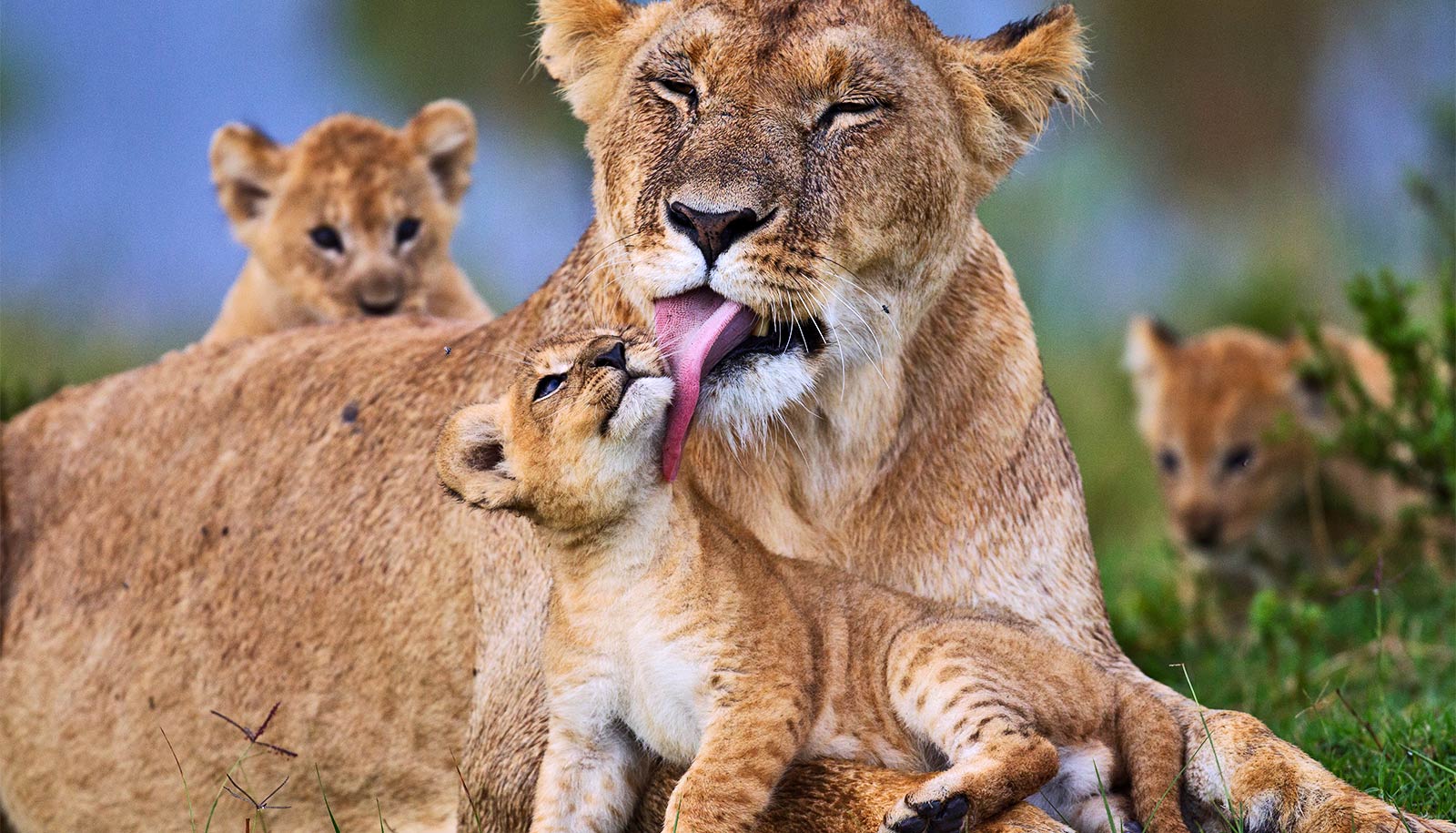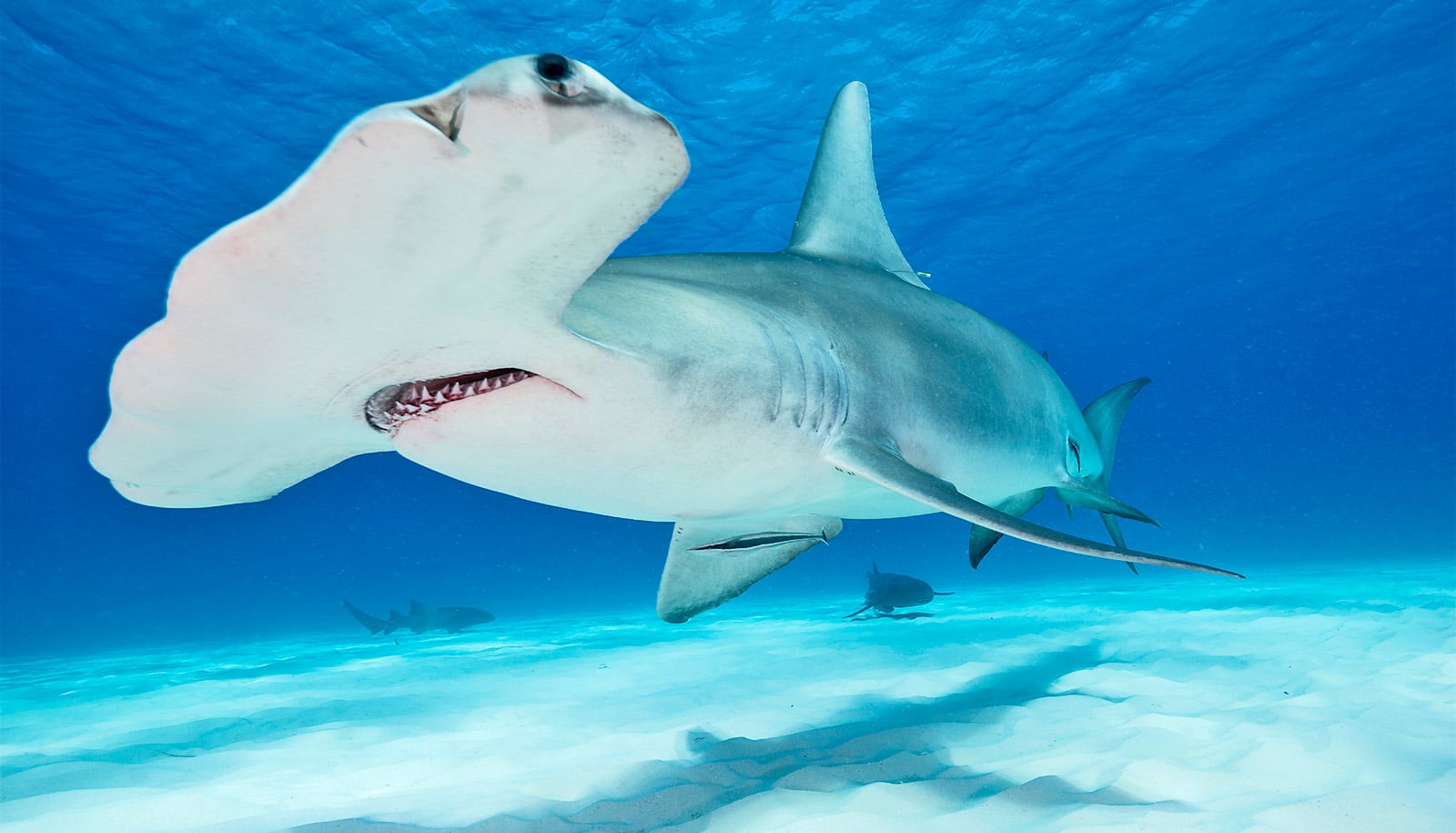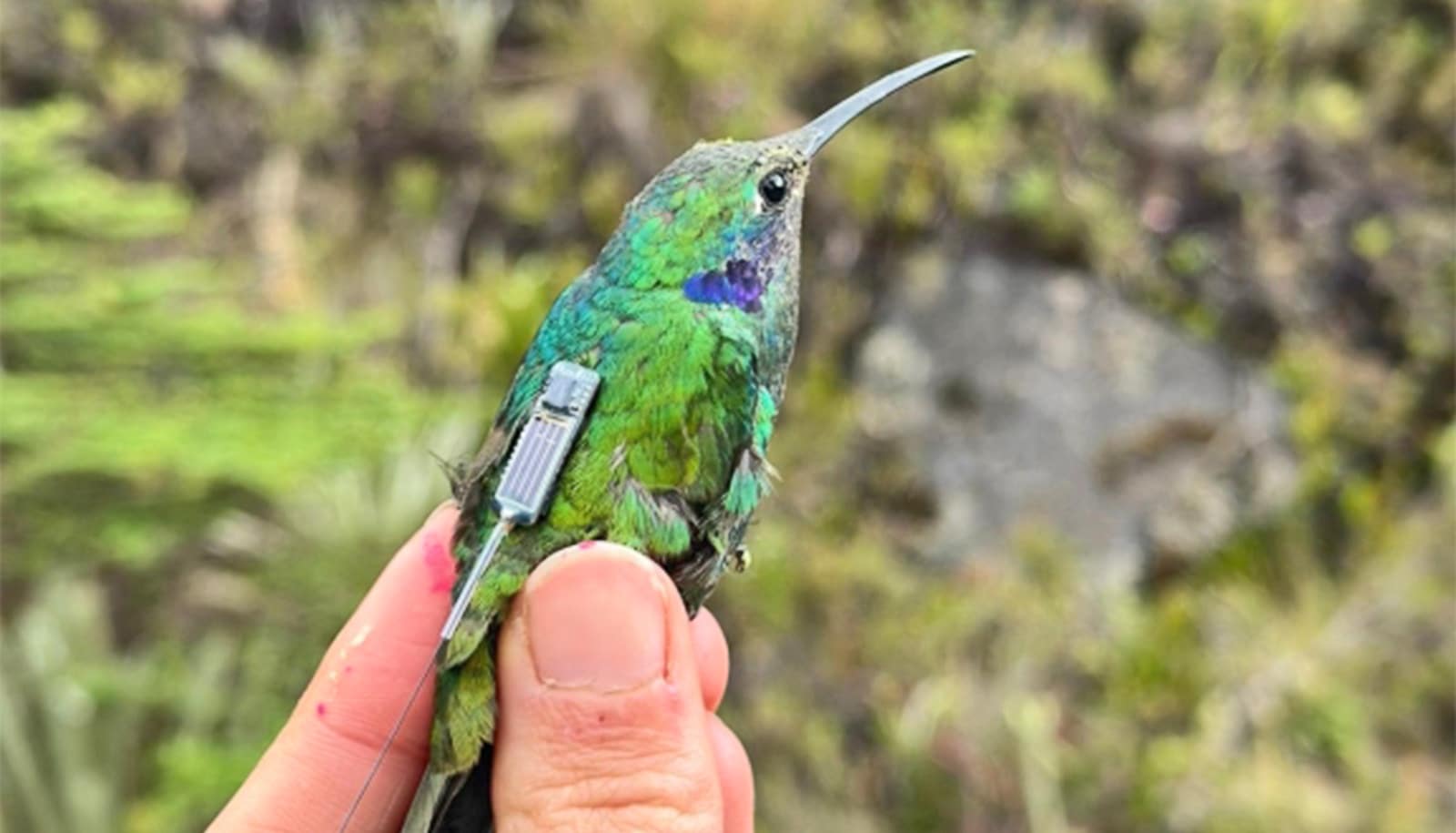As a way of understanding which factors had the biggest impacts on Hawaii’s coral reefs, researchers have created the first-ever comprehensive map showing how both humans and natural events influence overall reef health.
Many of Hawaii’s once-thriving coral reefs are now struggling to recover from recent extreme coral bleaching caused by rising water temperatures. Experts suspect these periodic increased temperatures combined with coastal runoff, fishing pressure, and other impacts contribute to slow reef recovery.
“When we jumped into the water in west Hawaii, over half of the coral reef was dead.”
“When we jumped into the water in west Hawaii, over half of the coral reef was dead,” says Lisa Wedding, research associate at the Center for Ocean Solutions at Stanford University and a lead author on a paper describing the research, which appears in PLOS ONE.
“These are some of Hawaii’s most vibrant coral reefs, so we were heartbroken—and determined to better understand how reef ecosystems could be more resilient in the future.”
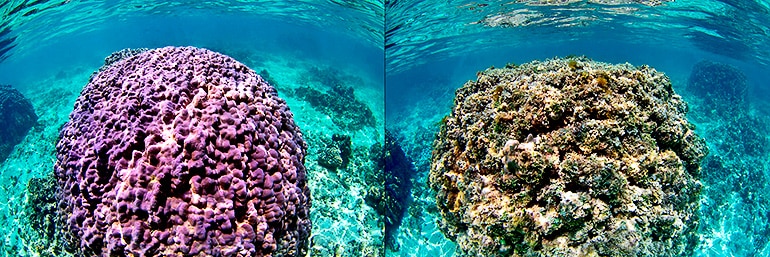
Reefs across the Hawaiian Islands have both cultural and economic value. Although people have known that natural and human-caused phenomena affect the health and resilience of coral reef ecosystems, little is known about which factors are more important in each region.
To find out what factors play the largest role in reef resilience, researchers synthesized 10 years of datasets from university and government sources examining factors they knew had an impact on coral reefs, such as sedimentation, development, and fishing.
The analysis revealed variations in what was inhibiting reef recovery depending on the island. On the densely populated island of Oahu, dominant stressors were human activities, such as fishing and loss of natural habitat to coastal development. Sedimentation and nutrient runoff were dominant forces on less populated islands.
“This area of research has been a long-term need for coral reef conservation and management,” says coauthor Joey Lecky, a geographic information system analyst for NOAA Pacific Islands Fisheries Science Center.
“These findings will allow us to take a big step forward in understanding how corals are impacted by both human activities and by environmental stressors, in a place with incredible value.”
Survey of 6,000 coral reefs uncovers 15 ‘bright spots’
The findings highlight the importance of tailoring strategies based on location to effectively address local impacts. This approach, synthesizing data from a large geographic area and over a long period of time to get a big-picture perspective on reef health and regional impacts, provides a foundation for further research and informs policies to protect coral reefs.
Data created by the mapping study are available for free at the Pacific Islands Ocean Observing System, where scientists, managers, and members of the public can explore and further analyze what drives variation on coral reefs. Users can download data layers in various formats and explore all layers in an interactive map viewer.
“We live in a changing world, and changing oceans are a big part of that. Studies like this one provide crucial insights into how we can act locally to improve the resilience of reefs to global changes,” says Carrie Kappel of the National Center for Ecological Analysis and Synthesis and lead investigator for Ocean Tipping Points. “This is an approach that can be replicated for reefs elsewhere.”
We save coral reefs and then sea stars eat them
Larry Crowder, professor of marine ecology and conservation at Stanford’s Hopkins Marine Station and senior fellow at the Stanford Woods Institute for the Environment, is a co-lead author. Other coauthors include scientists from the University of Hawai‘i at Mānoa; NOAA (National Oceanic and Atmospheric Administration); the University of California, Santa Barbara; Bangor University; Stockholm University; National Geographic Society; Conservation International; Arizona State University; Royal Swedish Academy of Sciences; Curtin University; and California Polytechnic State University.
The Gordon and Betty Moore Foundation, NOAA Coral Reef Conservation Program, US Department of Agriculture National Institute of Food and Agriculture, and NOAA Hawaiian Islands Humpback Whale National Marine Sanctuary funded the work.
Source: Nicole Kravec for Stanford University
